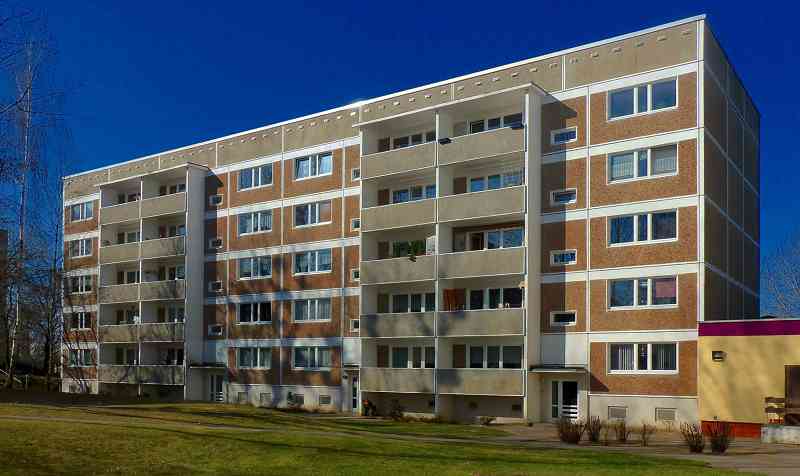Housing wealth. On the Housing Economic, Political and Biographical Significance of the Single-Family House in Germany
DOI:
https://doi.org/10.18156/eug-1-2022-art-1Abstract
In Germany, the single-family home continues to be of critical importance. Almost half of the housing stock in Germany consists of single- and two-family homes. The majority of German households say that living in their own home is their dream ideal. In contrast, a declining population and an age segregation can be observed in many single-family home areas. This article explores the numerous causes of these aging processes and presents key strategies for a sustainable development of such areas. To this end, it first traces the history of the idea of owner-occupied housing and German housing policy since 1948. Then, the significance of living in a single-family home based on the aspects of life cycle, lifestyle and economy is examined before focusing on aging in the single-family home and the associated socio-spatial consequences. The paper concludes with a presentation of post-suburban development strategies.






